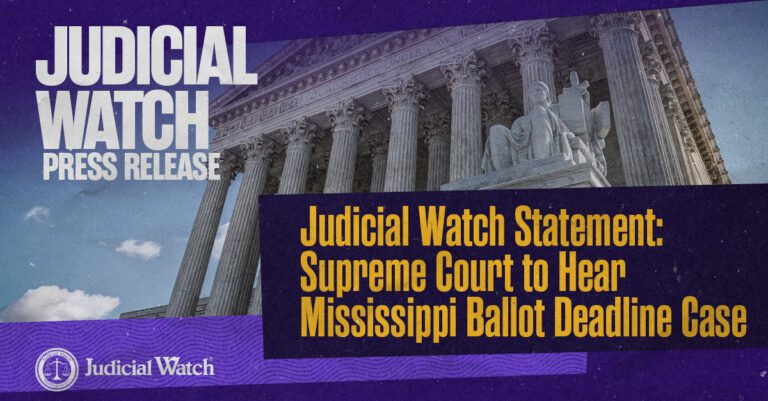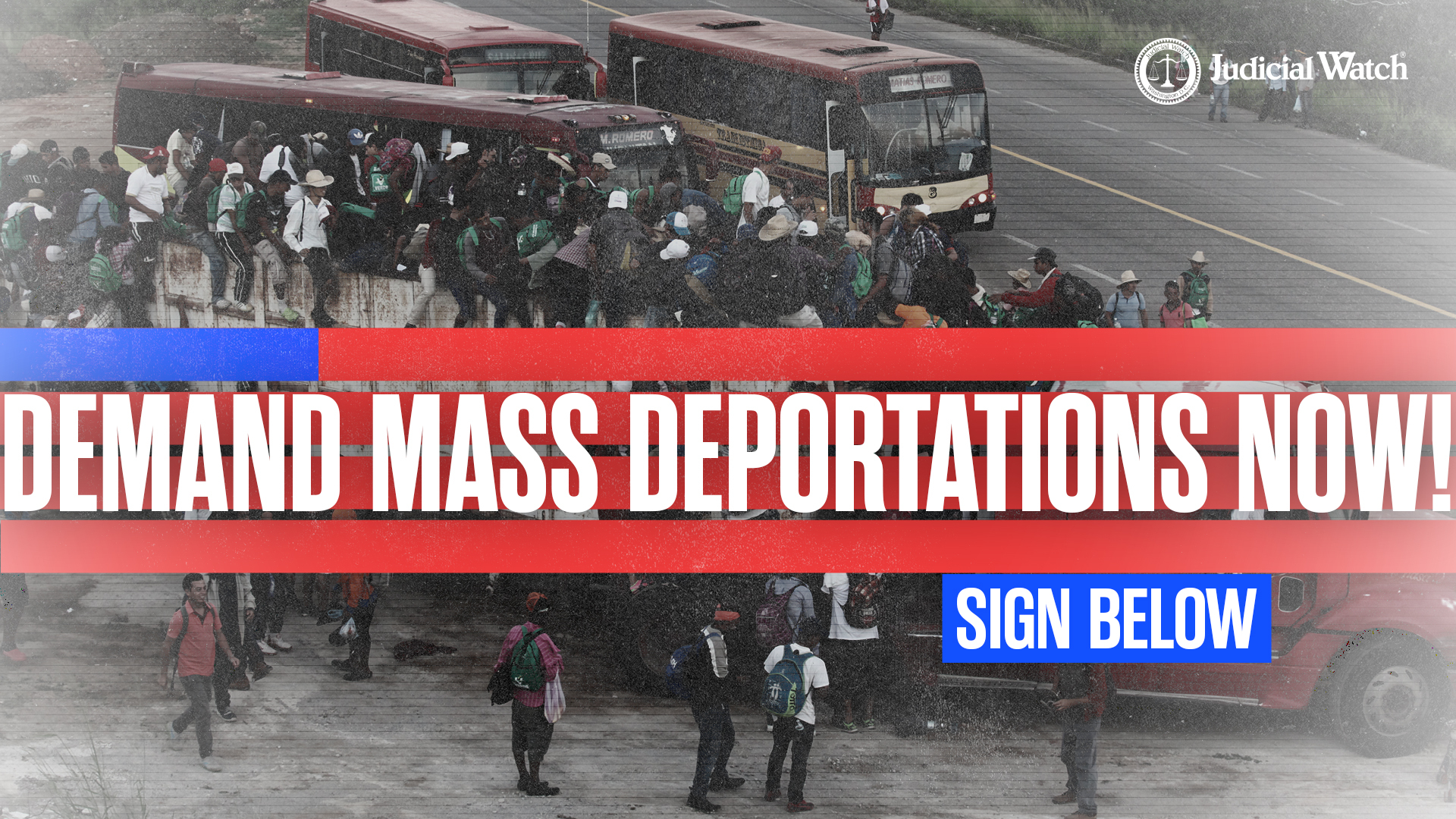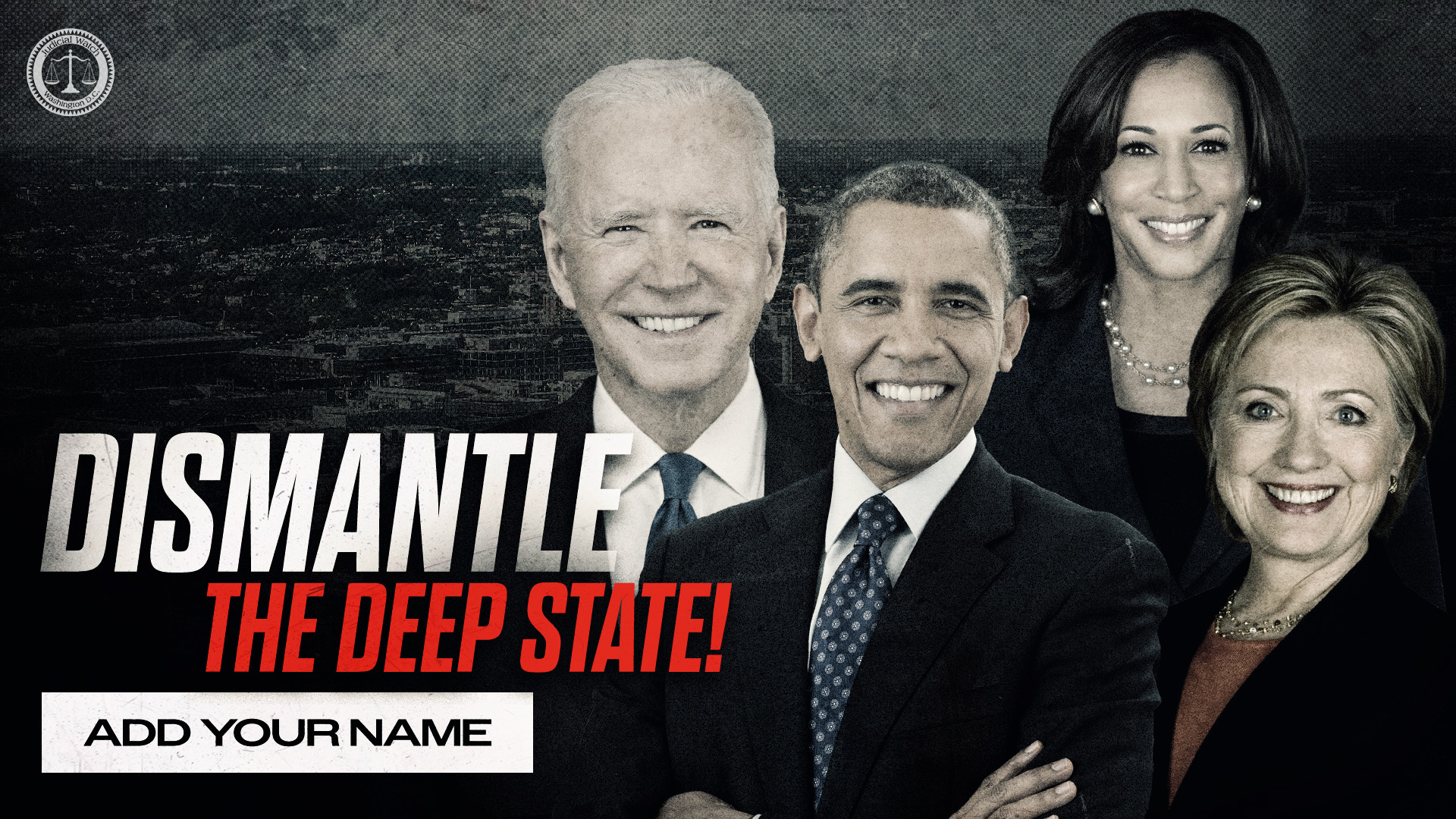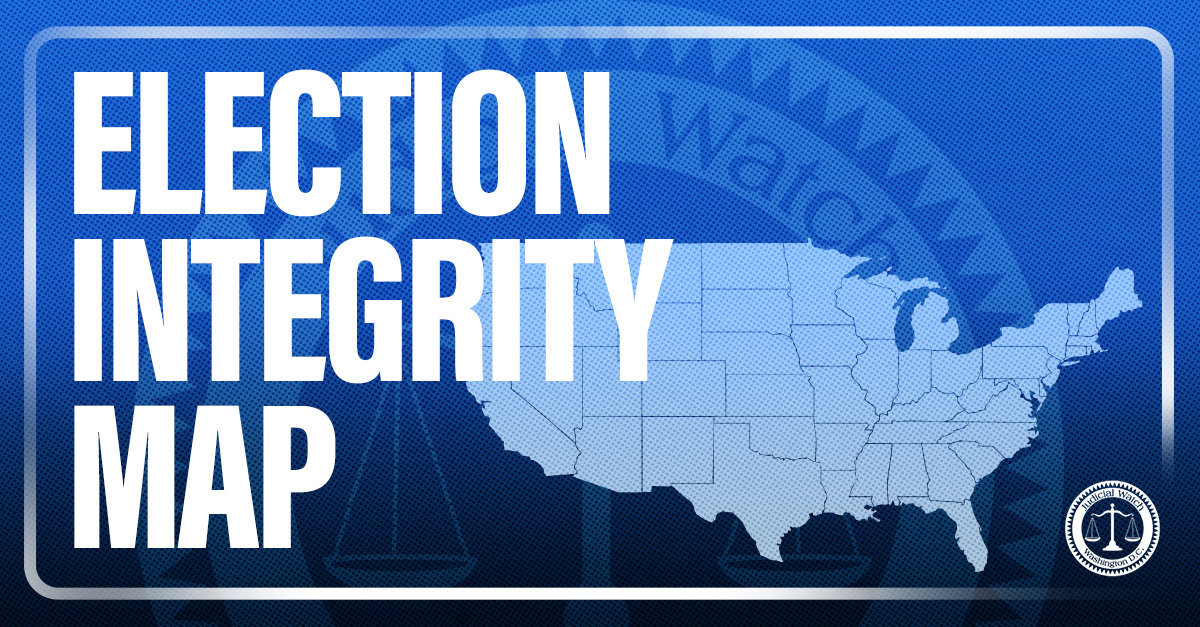
Most of the $33 Billion in Remittances to Mexico Flow Via U.S. Govt. Banking Program
Though President Trump said he would block money transfers to Mexico to fund a much-needed border wall, Mexicans in the U.S. sent a record $33.48 billion in remittances last year and a big chunk of it flowed through a government program operated by the Federal Reserve. This means that, amid an onslaught of illegal immigration, the U.S. government is largely responsible for the billions in remittances flowing south of the border from illegal aliens. Figures released by Mexico’s central bank show that 104 million transactions were executed in 2018, nearly six million more than the previous year.
Uncle Sam facilitates the process with a program called “Directo a Mexico” (Direct to Mexico), launched by the Federal Reserve, the government agency that serves as the nation’s central bank, more than a decade ago. President George W. Bush came up with the idea following the 2001 U.S.-Mexico Partnership for Prosperity to provide low-cost banking services to illegal immigrants and facilitate the procedure for those sending money home. In its first year, 2005, remittances to Mexico topped $20 billion and the Federal Reserve reports “double-digit percentage growth for the past several years.” Remittances are transferred through the Federal Reserve’s own automated clearinghouse linked directly to Mexico’s central bank (Banco de Mexico). The Trump administration should eliminate it because it undermines our nation’s immigration laws and is a potential national security nightmare.
Back in 2006 Judicial Watch investigated the outrageous taxpayer-subsidized initiative and obtained government records that shed light on how it functions. Marketing materials target immigrant workers in the U.S.—regardless of their legal status—as well as banks, credit unions and other financial institutions. The program is promoted as “the best way to send money home,” offering “more pesos for every dollar.” American financial institutions are charged $0.67 per item to transfer money from the United States to Mexican banks, ensuring a “highly competitive rate.” The Federal Reserve also provides participating U.S. financial institutions with Spanish language promotional materials to “help get your message out.” The marketing materials also include the number of Mexican migrants in the U.S. with no distinction between those here illegally or not. A separate list identifies thousands of Mexican banks receiving “Directo a México” transfers.
When the program was created Federal Reserve officials acknowledged that most of the Mexican nationals who send money back home are illegal immigrants so a Mexican-issued identification is the only requirement to use the government banking service. A colorful brochure promoting “Directo a Mexico” offered to help immigrants who don’t have bank accounts and assured the best foreign exchange rate and low transfer fees. A frequently asked question section posed this: “If I return to Mexico or am deported, will I lose the money in my bank account?” The answer: “No. The money still belongs to you and can easily be accessed at an ATM in Mexico using your debit card.” In short, the U.S. created this special banking system specifically for illegal aliens and tens of billions of dollars have streamed through it.
As a presidential candidate Trump proposed a plan to get Mexico to fund a border wall by cutting off remittance payments from Mexican migrants in the U.S. In a memo to a mainstream newspaper Trump wrote that Mexican migrants send $24 billion in remittances annually and the estimated cost of a border wall would be between $5 billion and $10 billion. According to his plan, the U.S. Patriot Act would be amended to block wire transfers from Mexican nationals using companies such as Western Union. Nowhere in the document is the Federal Reserve’s special program, which clearly caters to illegal immigrants. The president is well aware that the overwhelming majority of remittances to Mexico are sent by those living in the U.S. illegally. In fact, his proposal was to create a rule that “no alien may wire money outside of the United States unless the alien first provides a document establishing his lawful presence in the United States.” The Federal Reserve’s “Directo a Mexico” has no such requirement as the commander-in-chief completes his first term.

















